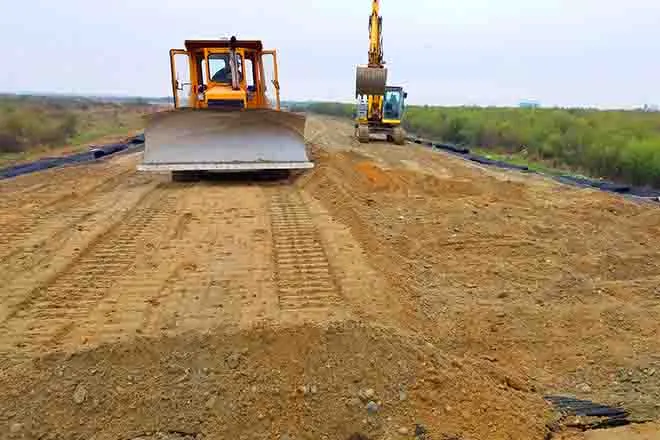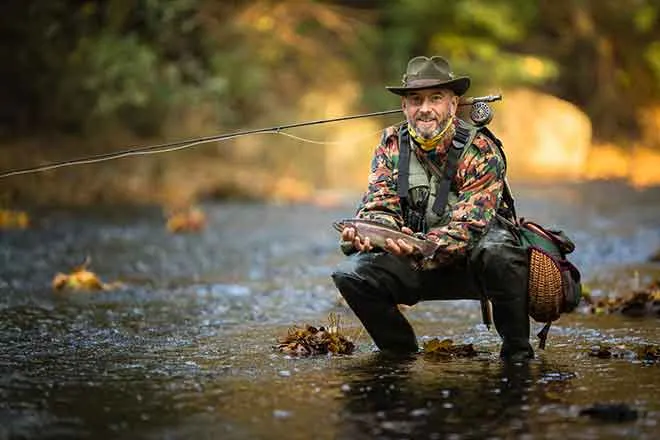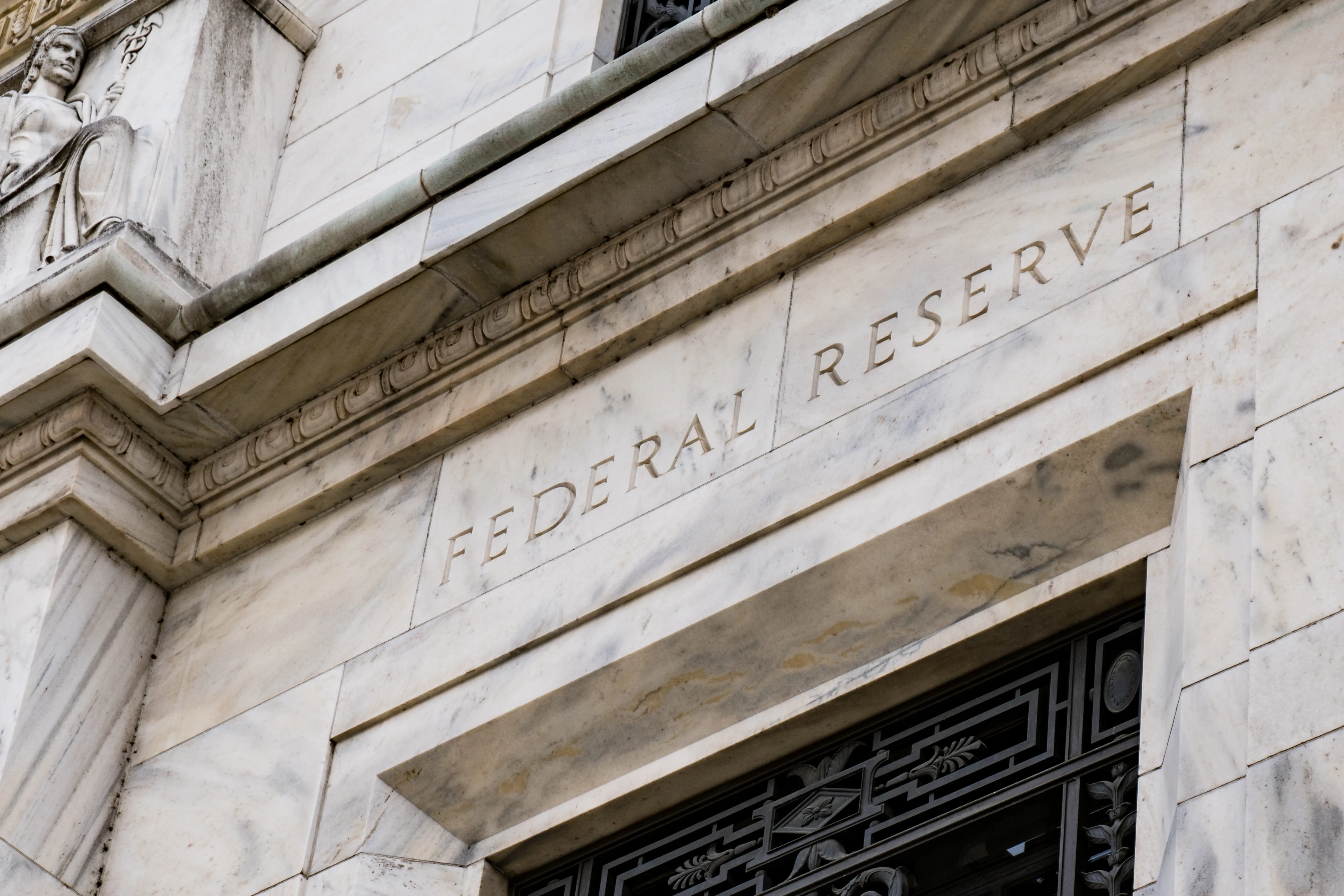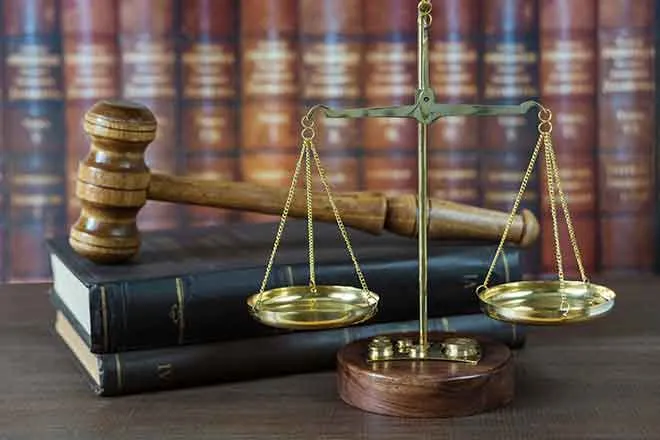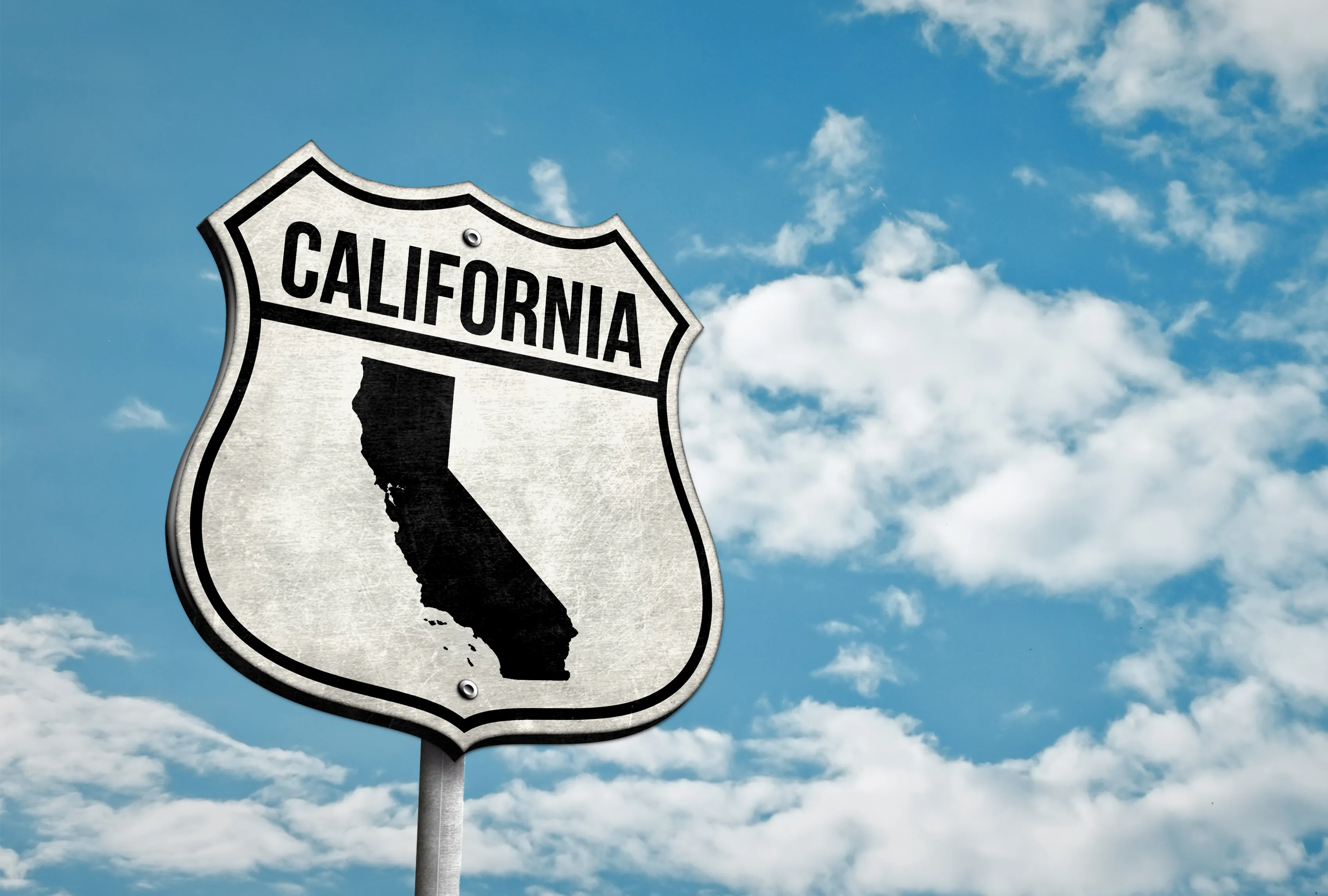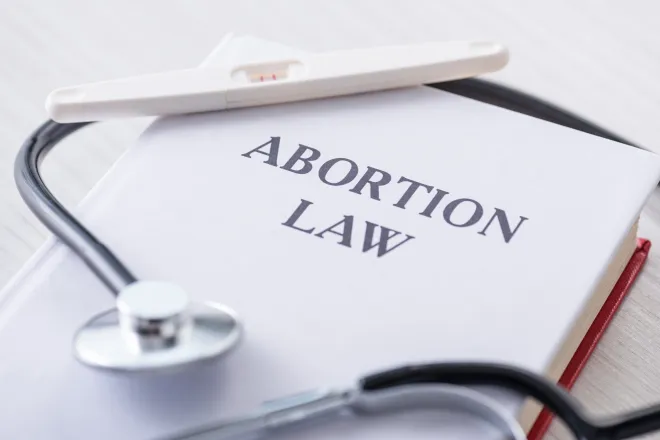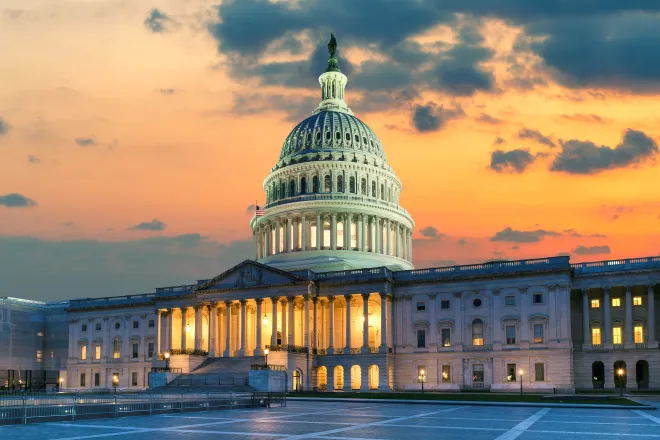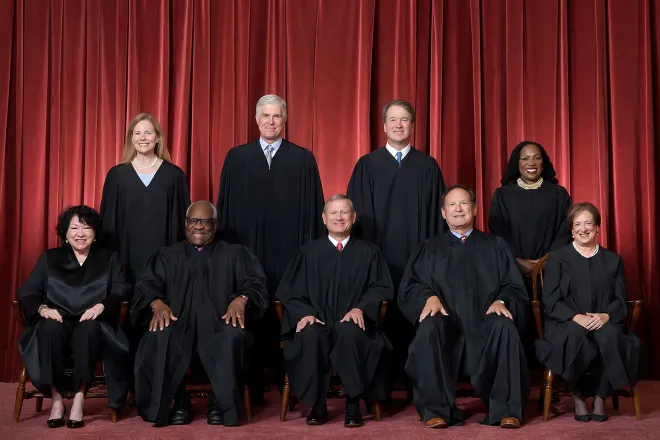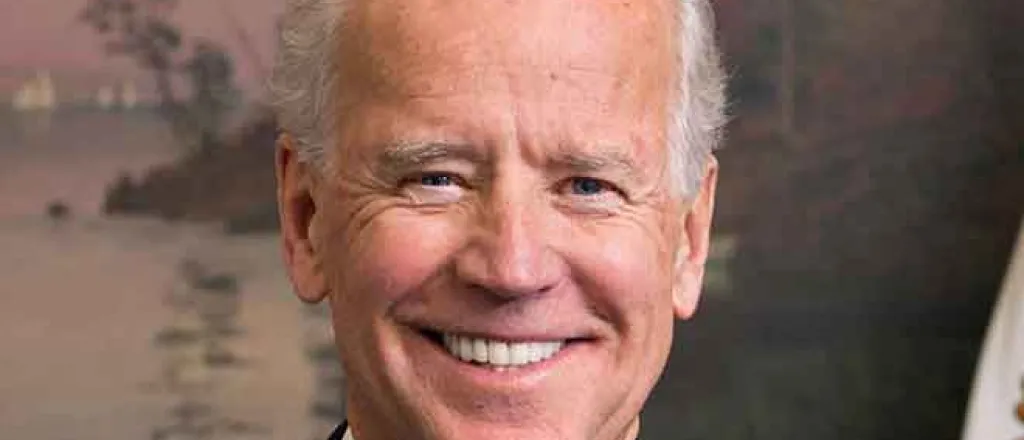
Arizona gets a new national monument as Biden designates Baaj Nwaavjo I’tah Kukveni
(Arizona Mirror) After months of advocating from several tribal nations, Arizona is home to a new national monument, as President Joe Biden officially designated Baaj Nwaavjo I’tah Kukveni Tuesday, effectively barring mining on roughly a million acres of land near Grand Canyon National Park.
“The Biden-Harris Administration is committed to honoring and respecting Tribal sovereignty, protecting Tribal homelands, and incorporating Indigenous Knowledge and robust Tribal consultation into planning and decision-making,” White House Council on Environmental Quality Chair Brenda Mallory said.
The Grand Canyon is the ancestral homeland of multiple tribal nations across the Southwest, and tribes still rely on the canyon for natural and cultural resources that are significant and sacred to their communities.
“Today’s designation supports tribally-led conservation efforts and helps address injustices of the past, including when tribes were forcibly removed from lands that later became Grand Canyon National Park,” Mallory said.
In April, tribal leaders, alongside state and federal officials, launched an effort to sustain the natural resources of the Grand Canyon by calling on Biden to designate land surrounding the Grand Canyon National Park a national monument by using his authority under the Antiquities Act of 1906.
Their efforts have succeeded, as the White House announced Tuesday that Biden designed the Baaj Nwaavjo I’tah Kukveni Grand Canyon National Monument. The name is a mixture of the traditional Havasupai and Hopi languages. Baaj Nwaavjo means “where tribes roam” for the Havasupai Tribe, and I’tah Kukveni means “our footprints” for the Hopi Tribe.
On Tuesday evening, the president was due to travel to Arizona to sign the proclamation at Red Butte, a sacred site known as Wii’i Gdwiisa by the Havasupai Tribe, which towers above the southern portion of the monument.
“Establishing the Baaj Nwaavjo I’tah Kukveni – Ancestral Footprints of the Grand Canyon National Monument honors our solemn promise to tribal nations to respect sovereignty, preserves America’s iconic landscapes for future generations, and advances my commitment to protect and conserve at least 30% of our nation’s land and waters by 2030,” Biden said in an announcement.
New national monument earns accolades from tribes, environmental advocates
Tribal leaders celebrated the announcement.
“Designating areas like Red Butte as a national monument will help protect them from contamination, destruction, exploitation, and the other harmful effects of mining,” said Havasupai Tribe Chairman Thomas Siyuja Sr. “The threat of contaminating our water is real and current. The pure water that flows through Supai Village is under constant attack by uranium mining. We know the threat is real, but with these protections, our suffering from the harmful effects of mining is lessened.”
The Hopi Tribe said it was committed to safeguarding the land for future generations: “Life continues here at Baaj Nwaavjo I’tah Kukveni. Hopi would like to recognize all those in support of protecting itah tutskwa (ancestral land) and preserving sacred places. Hisat Sinom (ancestors) have left us connected to songs, dances, and ceremonies since time immemorial.”
Environmental advocates also praised Biden.
Biden, Colorado Democrats celebrate national monument designation at Camp Hale
“National monuments protect the landscapes and ecosystems that make up this country, but they also preserve the stories, sites, and practices that tell us who we are. For the 12 tribes who have called the Greater Grand Canyon area home for centuries, it is the center of the universe,” said Chris Hill, the Sierra Club’s chief conservation officer. “Today, we celebrate President Biden’s protection of this treasured place, and we urge him to continue to build his monumental legacy by protecting more of the lands and waters that we hold so dear.”
“With this historic designation, President Biden is permanently safeguarding the magnificent rimlands that flank the Grand Canyon, their rich biodiversity, and life-giving springs and aquifers,” said Taylor McKinnon, southwest director at the Center for Biological Diversity.
Baaj Nwaavjo I’tah Kukvenis marks the fifth national monument created under Biden’s administration. Last year he established the Camp Hale-Continental Divide National Monument in Colorado. Mallory said it will conserve nearly one million acres of the greater Grand Canyon landscape sacred to tribal nations and Indigenous peoples.
“From Day One, I have taken action on the most ambitious climate and conservation agenda in our country’s history, and my administration will continue to deliver on these unprecedented goals,” Biden said.
The new monument protects thousands of cultural and sacred sites precious to tribal nations in the Southwest, the White House stated. The tribal nations include the Havasupai Tribe, Hopi Tribe, Hualapai Tribe, Kaibab Band of Paiute Indians, Las Vegas Paiute Tribe, Moapa Band of Paiutes, Paiute Indian Tribe of Utah, Navajo Nation, San Juan Southern Paiute Tribe, Yavapai-Apache Nation, Pueblo of Zuni, and the Colorado River Indian Tribes.
Secretary of the Interior Deb Haaland commended the monument’s creation, saying it builds upon the decades of tribal and community-led efforts to protect these landscapes’ historic and scientific resources.
“The Baaj Nwaavjo I’tah Kukveni – Ancestral Footprints of the Grand Canyon National Monument protects and preserves the rich cultural, ecological, scientific, historic, and scenic value of the greater Grand Canyon landscape,” Haaland said.
The monument designation protects the tribes’ sacred places for cultural and spiritual uses, Haaland said, and it also respects the existing livestock grazing permits and preserves access for hunting and fishing.
No new mining
The new monument spans 917,618 acres of public lands managed by the Interior Department’s Bureau of Land Management and the Department of Agriculture’s U.S. Forest Service.
“The national monument designation recognizes and respects valid existing rights,” Haaland said. The proclamation outlines that maintenance and upgrades to water infrastructure will continue, and utility lines, pipelines, and roads will be maintained.
“Existing mining claims — predating a 20-year mineral withdraw initiated in 2012 — will remain in place,” Haaland said, and the two approved mining operations within the monument’s boundaries could operate.
“The national monument only includes federal lands and does not include state and private lands within the boundary or affect the property rights of the state or private land owners,” she added.
The monument will comprise three distinct areas south, northeast, and northwest of Grand Canyon National Park.
“It is bordered by the Kanab watershed boundary and Kanab Creek drainage in the northwestern area and the Havasupai Indian Reservation and Navajo Nation in the southern area, and stretches from Marble Canyon to the edge of the Kaibab Plateau in the northeastern area,” Haaland said.
The designation is a step toward addressing the history of dispossession and exclusion of tribal nations and Indigenous peoples in the area, Haaland said, noting how tribes were left out when the federal government established the Grand Canyon Forest Reserve in 1893, Grand Canyon National Monument in 1908 and Grand Canyon National Park in 1919.
Haaland said that the proclamation establishes the Baaj Nwaavjo I’tah Kukveni — Ancestral Footprints of the Grand Canyon Commission, which will work to advance the objective of the co-stewardship of the monument.
The creation of the Baaj Nwaavjo I’tah Kukveni national monument has been met with much support, especially during a public meeting held by the Bureau of Land Management and the U.S. Forest Service in Flagstaff on July 18.
The meeting allowed the community to comment on managing the region’s public lands, including a proposal to designate existing public lands as a national monument.
Arizona Sens. Mark Kelly and Kyrsten Sinema voiced their support initially and even introduced The Baaj Nwaavjo I’tah Kukveni Grand Canyon National Monument Act. Reps. Raúl Grijalva and Ruben Gallego, both Democrats, shared the same support and introduced an identical bill in the U.S. House of Representatives.
The bill sought to establish 1,069,970 acres of federal lands currently managed by the Bureau of Land Management and the U.S. Forest Service in Arizona as a new Grand Canyon National Monument.
The legislation sets standards for the monument, including forming a tribal commission composed of one representative from each of the 12 federally recognized members of the Grand Canyon Associated Tribes to help oversee the development.
The monument has been met with some opposition, with several officials from Mohave County stating that it’s a land grab attempt from the Biden administration.
Republicans discount Indigenous culture, bemoan end of mining prospects
Republican state House and Senate majority leaders hosted an emergency special meeting in Kingman on Monday, the night before Biden’s designation, to hear testimony from local officials and concerned community members.
“The federal government already controls too much of our land,” state Senate Majority Leader Sonny Borrelli said in a press release. “The President should not be allowed to take away our land and economic opportunities without the consent of the legislature.”
During the special meeting, a majority of the public comments raised concerns about access to public lands, concerns about cutting off proposed uranium mining, and government control of land and water, among other topics.
During the public meeting, Travis Lingenfelter, chairman of the Mohave County Board of Supervisors, discussed how the advocating efforts for this monument have been claiming cultural sites to justify its creation.
Lingenfelter said that 445,000 acres of the national monument are within Mohave County, and that area is mostly range land. He said non-Indigenous county residents take exception to the claim that all of the land is “one big cultural site.”
Lingenfelter said that Mohave County is willing to work to identify and protect specific cultural sites, but “we don’t believe the whole thing is a big cultural site.”
He also lamented that the proposed monument would permanently protect the land from uranium mining and contamination, which he said is unnecessary because a temporary 20-year mining moratorium already protects it.
“We’re already under a moratorium on uranium exploration in this area, which has been identified as some of the richest deposits in our whole country for uranium,” Lingenfelter said.
He complained that officials like Grijalva have pushed national monument creations by making “heart-jerking statements” on the legacy of uranium contamination of the water.
The Arizona incidents they point to, Lingenfelter said, occurred in Coconino County near the Navajo Nation in the 1940s and 1950s, when “some uranium mines that were not mitigated properly (and) the EPA had to get involved.”
“That was in the ’40s and ’50s. It is not 2023,” Lingenfelter said. “Yet, they are citing water scares.”
From 1944 to 1986, nearly 30 million tons of uranium ore were extracted from Navajo lands under leases the federal government made with the Navajo Nation. Navajo people often worked in the mines. Some Navajo workers would live and raise their families close to the mines and mills.
“Today the mines are closed, but a legacy of uranium contamination remains, including over 500 abandoned uranium mines (AUMs) as well as homes and water sources with elevated levels of radiation,” the EPA stated on its website.
Arizona Mirror is part of States Newsroom, a network of news bureaus supported by grants and a coalition of donors as a 501c(3) public charity. Arizona Mirror maintains editorial independence. Contact Editor Jim Small for questions: info@azmirror.com. Follow Arizona Mirror on Facebook and Twitter.
Colorado Newsline is part of States Newsroom, a network of news bureaus supported by grants and a coalition of donors as a 501c(3) public charity. Colorado Newsline maintains editorial independence. Contact Editor Quentin Young for questions: info@coloradonewsline.com. Follow Colorado Newsline on Facebook and Twitter.

